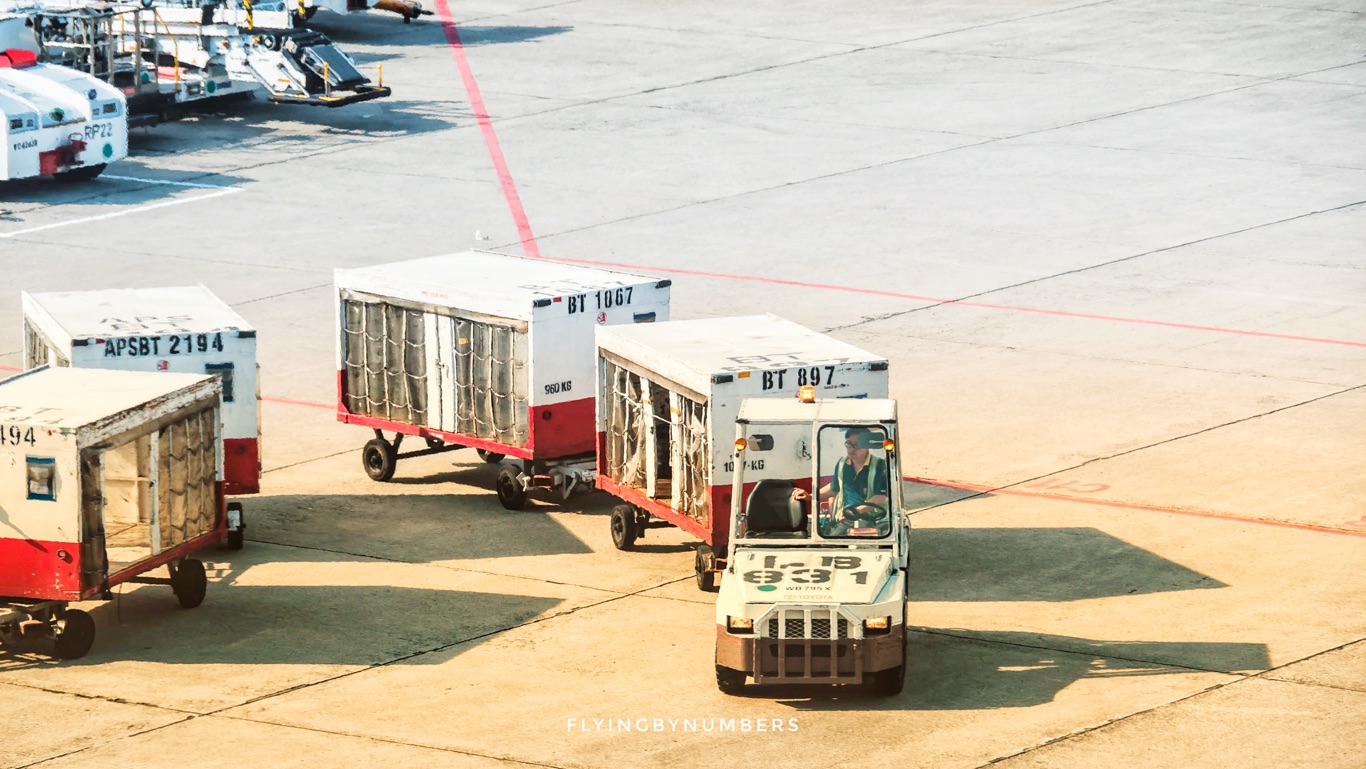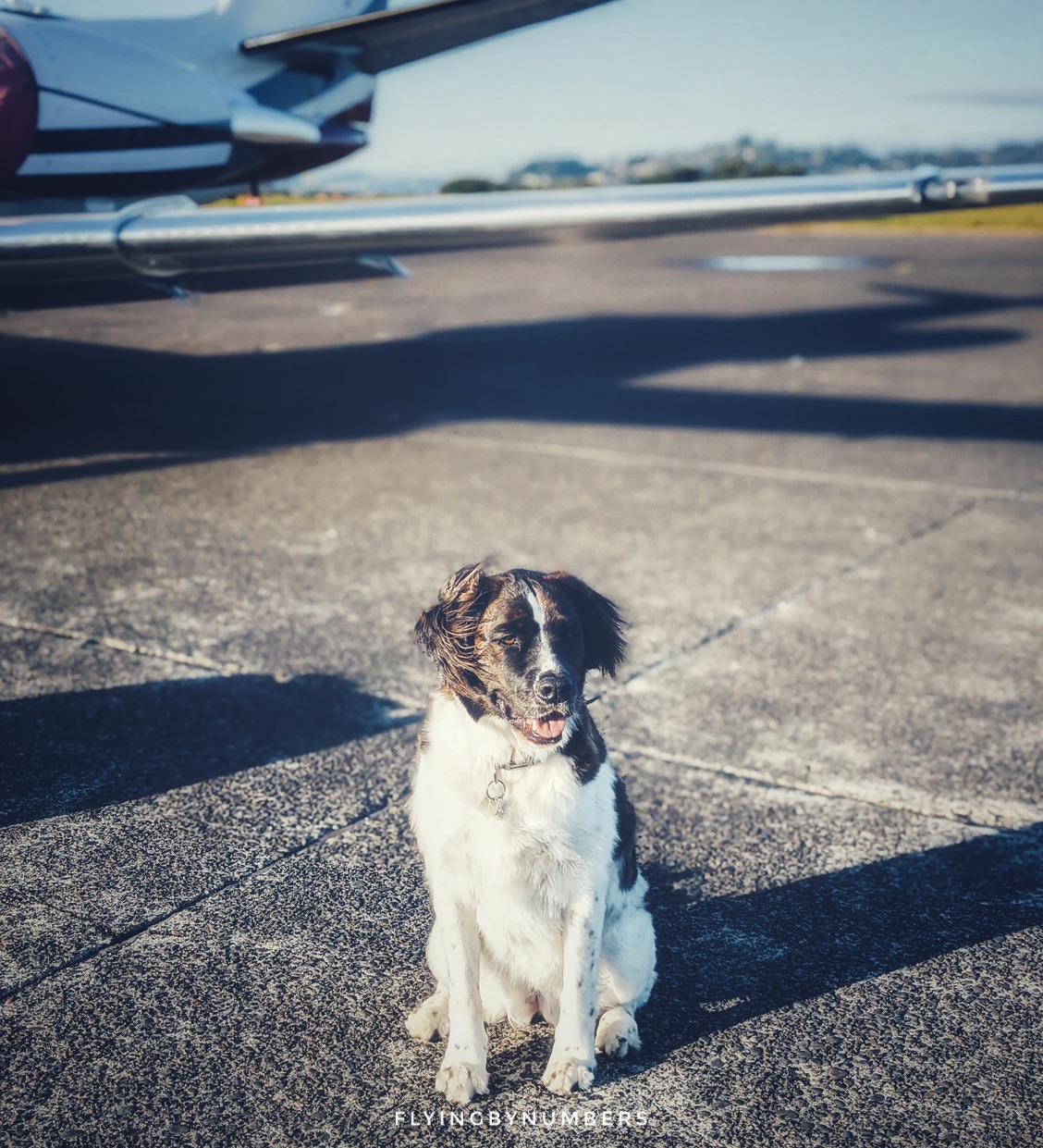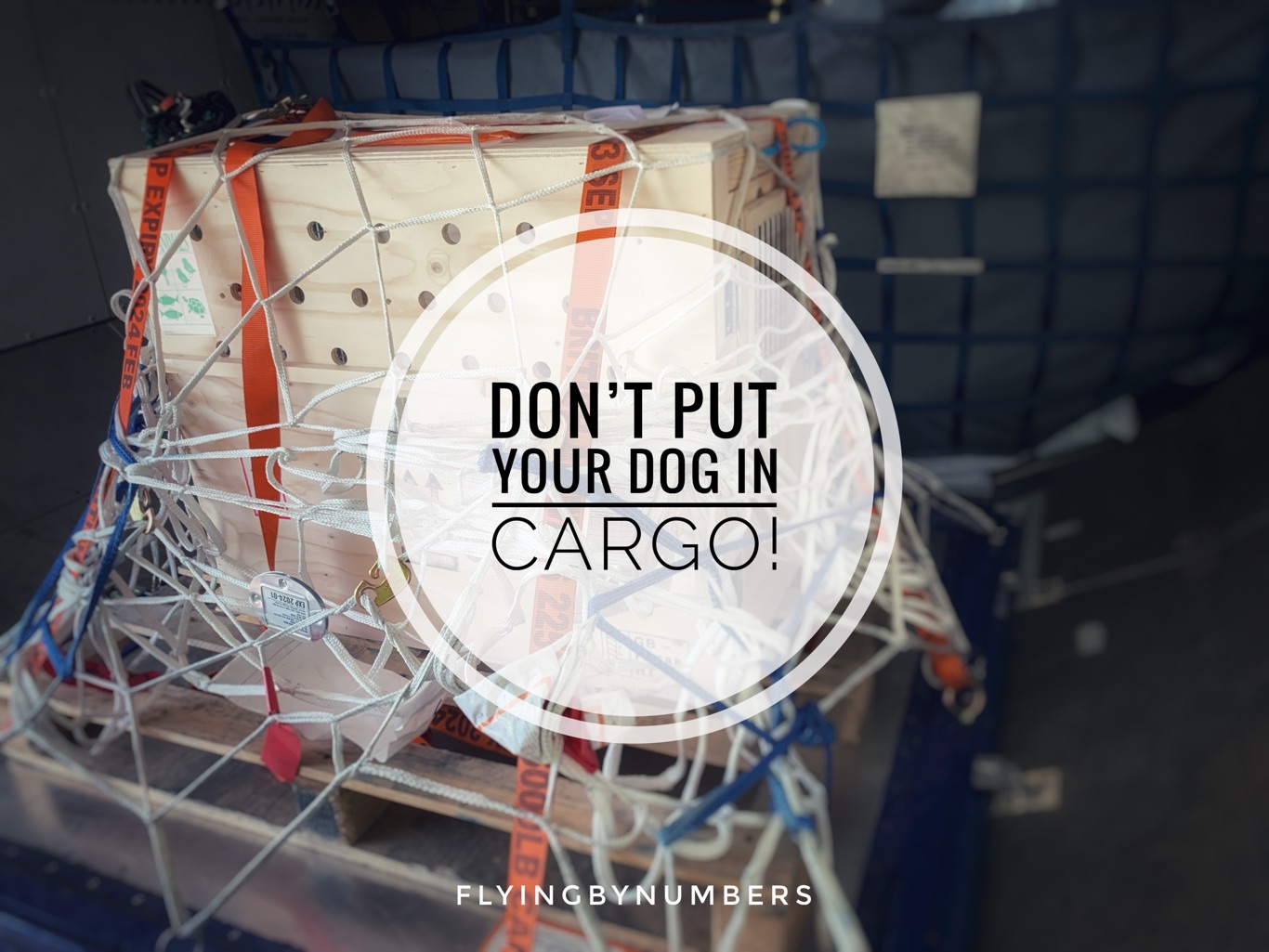It’s important to start with a reassurance. Thousands of dogs are flown in cargo on commercial aircraft every year. It’s a popular service, and often the only way to transport pets long distances — especially as airlines have clamped down on bringing pets in the cabin.
However, many of these animals end up suffering as a result. As a commercial airline pilot, having operated hundreds of flights with dogs in the cargo hold, would I fly with my dog as cargo? No.
Here’s a behind-the-scenes look at what really happens when you put your dog in the cargo hold. So whether you want an informed look at where your pet’s go, and what their journey is likely to entail, or if you are considering placing your pet in the hold, here are six reasons why you should reconsider.
Cargo hold conditions
Many people wrongly assume that because cargo holds are temperature and pressure controlled, their pets travelling as cargo will experience the same conditions they do in the cabin.
In reality, most passenger aircraft do not have dedicated cargo temperature and pressurisation facilities.
Some specialist cargo aircraft do, but the temperature and pressurisation of most passenger aircraft is rudimentary. It is focused around simply maintaining an approximate target temperature, and rough pressurisation.

Unfortunately, this is due to aircraft design. The comfort of your beloved dog is out of the pilot’s control.
- Cargo hold heating and pressurisation do not normally have a dedicated system supplying conditioned air like the passenger cabin
- Conditions in the hold are maintained to an approximate temperature (usually around 7 Celsius) by the flow of leftover cabin air, venting into the cargo hold
- Unlike the cabin system, pilots often don’t have any independent control over the temperature, or even any indications of the true temperature or pressure
The bottom line: Warmth and pressurisation are provided — so cargo holds rarely drop below freezing — and dogs will have sufficient air to breathe. Yet, it is normal to expect that cargo holds will be significantly colder than the cabin, especially on longer flights. In addition, because of the lack of cockpit indications, if anything goes wrong and the hold ends up too hot or too cold, it will only be discovered after the flight.
First, the temperature in the cargo hold can be extreme. In the summer months, it can get incredibly hot, and in the winter, it can become freezing. This can cause your dog a lot of discomfort and even put their health at risk.
Escaping dogs!
Airfields are dangerous places. Live jet engines, extreme noise and temperature, plus hundreds of movements of trucks, pushback tugs and mechanical equipment. As a human, we aren’t allowed anywhere near the apron without training, a high-vis jacket and ear protectors.

You might be wondering why this is relevant to your dog travelling in the hold?
Well, surprisingly, there is always the danger of dogs escaping from the cargo hold onto the airfield.
It’s something I have seen several times throughout my career — here’s a photo I took from the cockpit of a ground staff scooping up an escaped dog!
Unlike specialist animal transport airlines — who often have aircraft modified with secure pens — commercial airlines simply place dogs in a crate and load them into the hold. Wooden crates, flimsy cut out windows and distressed dogs don’t mix particularly well, and I’ve personally seen numerous dogs escape from their temporary pen.
The problem is that the hold doors do not have any windows, occasionally the ground staff due to unload haven’t even been told there are dogs loaded. As a result, the first time we are aware the dog has escaped their crate is when the mechanically operated hold door opens, and it jumps out and begins to run around the airfield.
This is obviously extremely dangerous for both the dog and those working on the ground. Fortunately, in all the flights that this has happened to me, ground staff have managed to catch the dogs before they have come to any danger.
Tarmac time
Frequent passengers will all have seen times when staffing levels, delays, or simply mistakes have left their bags sat on the tarmac for hours at a time. Unfortunately, this does happen with pets travelling as cargo too.

Dogs stranded on the tarmac for hours during rain can be miserable — this incident with United Airlines caused huge backlash — but it’s the hottest days that are arguably the most dangerous.
Dogs and heat don’t mix. Stories of dogs dying in hot cars sadly hit the headlines every single year. While aircraft cargo holds do have some level of climate control — on longer flights the hold is typically too hot instead of too cold — the hot airfield tarmac on summers days can be unbearably hot.
Because of the nature of the baggage system and cargo transportation, often I have visited dogs in the hold on the turnaround and found that their water has been knocked and spilt. As a dog lover, I take a bottle of water down to refill dogs bowls before flight where I can. But it is not always possible.
Stressful experience
Airports can be stressful places for all of us, and that’s despite the experience being focused around customer service and passenger comfort!
For our four-legged friends, travelling as cargo is ultimately a less glamorous and significantly more stressful experience.

While all staff will do their best, from your dog’s perspective it’s likely to be one of the worst days of their lives. From pre-flight vet inspections, to multiple different faces and voices. Dogs travelling in an aircraft cargo hold will be confined to a small space, loaded in and out of holding pens, vans, baggage belts systems and finally the aircraft cargo hold.
Once in the cargo hold, your dog will be subject to all sorts of uncomfortable conditions, such as loud noises, bumpy rides, and limited space. In contrast to humans working around noisy aircraft, your dog is unlikely to be offered hearing protection or a hi-visibility jacket!
There is no escaping it, the reality of loading a dog onto an aircraft is a combination of opposites. From extreme noise to silence. Multiple faces to isolation. Extreme heat to icy. They won’t thank you for it!
Separation anxiety
Finally, like missing luggage, it’s rare, but it’s not unheard of for dogs to be separated from their owners during flights.
This can be extremely traumatic for both the dog and the owner. I’ve personally seen owners refuse to fly, and have to book last minute alternative flights when they’ve found out their dog hasn’t been loaded onto the flight.

It goes without saying, unlike missing luggage, your four-legged friend not making your flight is a huge deal. It’s not something that a missed luggage replacement voucher will fix.
At some destinations, it could be several days before the next flight out. Airport vet bills can rack up quickly, and many smaller airfields are poorly equipped to deal with missing pets. Occasionally, normally after a significant wait, dogs will end up at a local dog pound until they can be flown out on the next flight.
Summary — Many pilots won’t take their dog in the hold
So, if you’re thinking about flying on a commercial aircraft with your dog in cargo, your four-legged friend might want you to reconsider.
While often more expensive, there are much safer and more comfortable specialist pet transportation options available. And if you are flying commercially, some airlines still allow you to fly with your dog in the cabin with you.
As pilots, we have knowledge of any dogs travelling in the cargo hold — all live animals require a signature from the captain — but aside from acknowledgement there is often very little else we can do:
If you have to take your dog on a plane, try and bring them with you in the cabin. Your four-legged friend will thank you for it!





